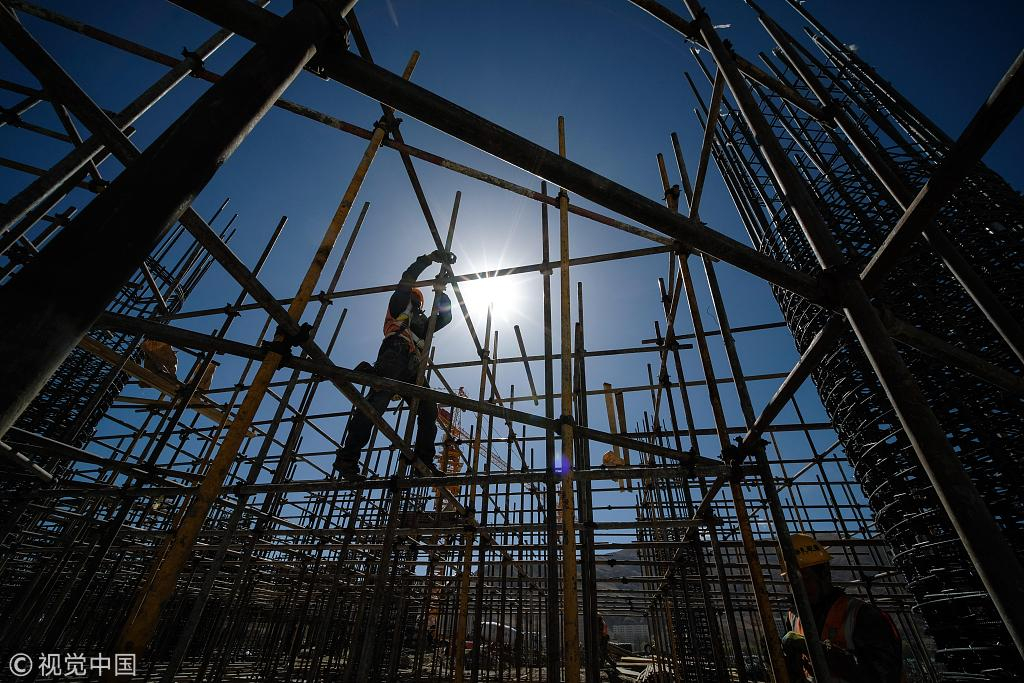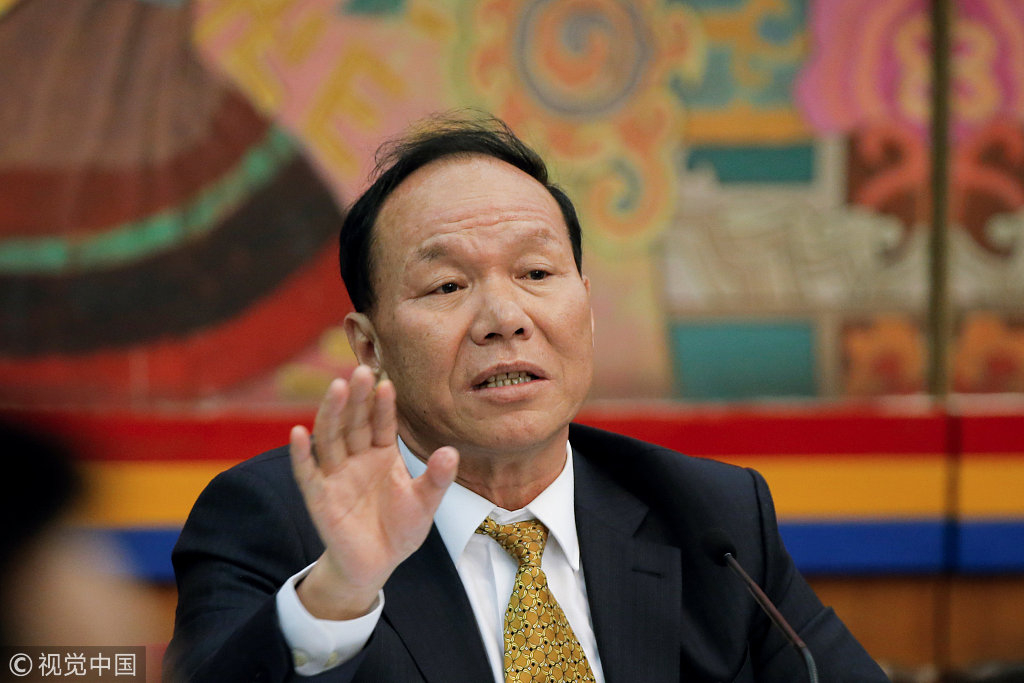
Opinion
18:43, 23-Mar-2019
How can Tibet ensure sustainable development?
Yang Tao

Editor's note: Yang Tao, Ph.D. in Economics, Associate Researcher of China Tibetology Research Center, specializes in the economic development of Tibetan area. The article reflects the author's opinion, and not necessarily the views of CGTN.
This year marks the 60th anniversary of democratic reforms in Tibet. Looking back on the remarkable transformation that has taken place there in the past 60 years, the aid work under the leadership of the central government has played a significant role in Tibet's development history. With the strong support of the central government and the active assistance from designated provinces and cities as well as large central enterprises, people in the southwestern Chinese autonomous region have made continuous efforts to realize rapid development.
In 2018, Tibet's GDP growth rate has reached about 10 percent, ranking the highest in the country. The per capita net income of farmers and herdsmen has increased from 5,697 yuan in 2012 to 10,330 yuan in 2017. The per capita disposable income of urban residents has increased to 30,671 yuan in 2017, a 10.3 percent increase on a year-on-year basis.
At the same time, the Tibet Autonomous Region has actively improved its approach to growth by pursuing green development. For example, when it comes to industrial structure, the share of its green industries, led by tourism and clean energy, continues to grow.
On the one hand, Tibet undertakes important missions of the country as a national ecological barrier, a priority of the border security strategy and a major gateway to South Asia in China's Belt and Road Initiative. On the other hand, Tibet faces a series of challenges such as its relatively early stage of social development, weak foundation for economic development, low market economy awareness, underdeveloped market systems as well as the wide development gap between Tibet and other parts of the country.
Therefore, in order to promote long-term stability and development in Tibet, China's central government needs to enable the autonomous region to create growth by itself while providing aid and improving its development sustainability in the following aspects.

A construction site in Gonggar Airport in Lhasa, capital city of southwest China's Tibet Autonomous Region, March 22, 2019. /VCG Photo
A construction site in Gonggar Airport in Lhasa, capital city of southwest China's Tibet Autonomous Region, March 22, 2019. /VCG Photo
For starters, the policy of aiding Tibet should continue. Despite the rapid economic growth, the region still lags behind other parts of the country, especially when compared with the more developed eastern part of China.
Besides, a dual approach of providing aid and creating self-development ability is a must for Tibet. The ultimate goal of aid is to enhance Tibet's ability to develop by itself, not to create reliance on aid. Therefore, given the current slowdown in the growth rates of national economy and fiscal revenue, it is necessary to combine aid with efforts to create self-driven growth.
Comparisons should be made between Tibet and other parts of China and the rest of the world to find the competitive advantages of Tibet and identify promising industries; in this regard, distinctive industries such as tourism, clean energy, eco-friendly food and beverages produced on the plateau, Tibetan medicine, and ethnic arts and crafts should be promoted. And more efforts should be made to help local Tibetan companies and entrepreneurs grow and create a brand name effect for Tibetan products, businesses and merchants.

Governor of Tibet Autonomous Region Qizhala speaks at a press conference during the National People's Congress in Beijing, China, March 6, 2019. /VCG Photo
Governor of Tibet Autonomous Region Qizhala speaks at a press conference during the National People's Congress in Beijing, China, March 6, 2019. /VCG Photo
In addition, China's central government needs to strike a balance between aid to Tibet and environmental protection. Given its valuable ecological resources and its role in the country's environmental efforts, Tibet must seek sustainable and green development. Environmentally friendly industries should be given priority in industrial development, such as eco-tourism and clean energy. Promoting a circular economy and building industrial parks are also needed. Tibet should also take advantage of its natural resources to expand eco-friendly industries and develop carbon sink economy.
Last but not least, improving people's livelihood is the starting mission of the aid work. It is of great significance to people-centered development and national unity. China's central government will continue to prioritize grassroots-level projects and programs designed to improve people's livelihood in the allocation of aid funds.
And Tibetan farmers and herdsmen should be encouraged to participate in the design and implementation of aid projects and enabled to share the benefits of aid projects, which will contribute to the improving living standard of the people there, and thus helping realize the goal of long-term stability and prosperity.
(If you want to contribute and have specific expertise, please contact us at opinions@cgtn.com)

SITEMAP
Copyright © 2018 CGTN. Beijing ICP prepared NO.16065310-3
Copyright © 2018 CGTN. Beijing ICP prepared NO.16065310-3